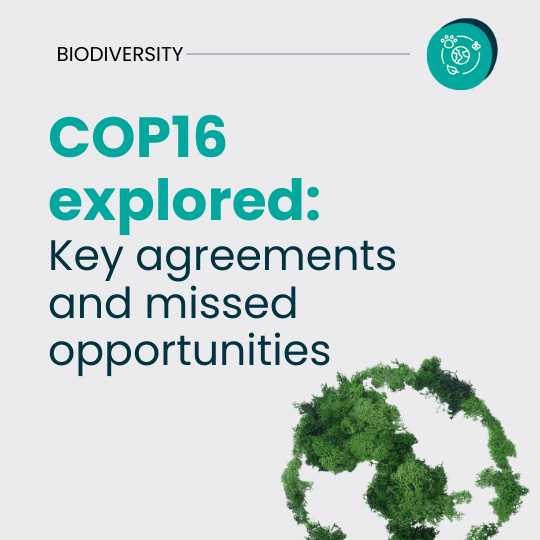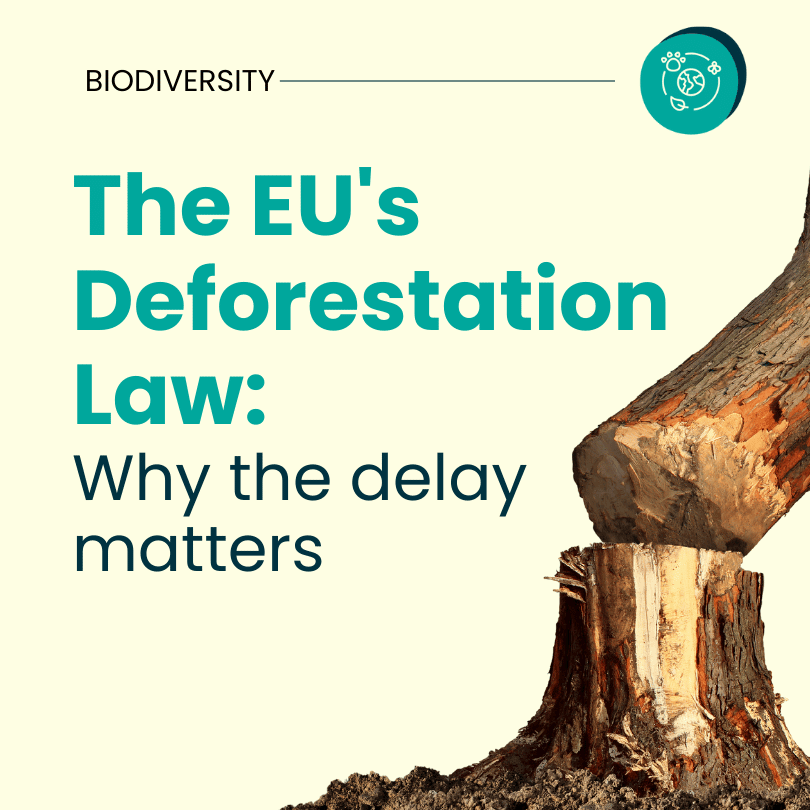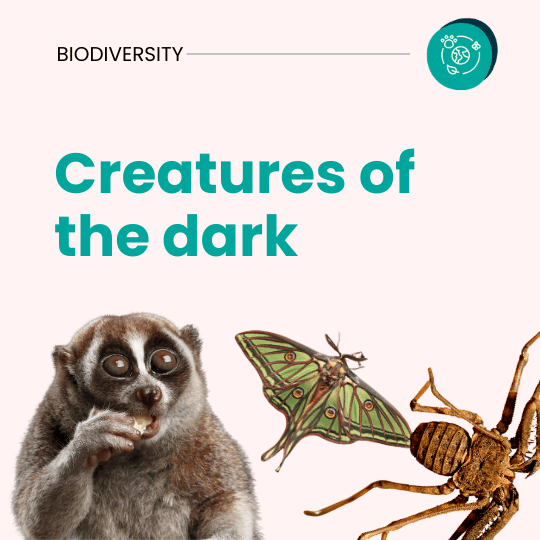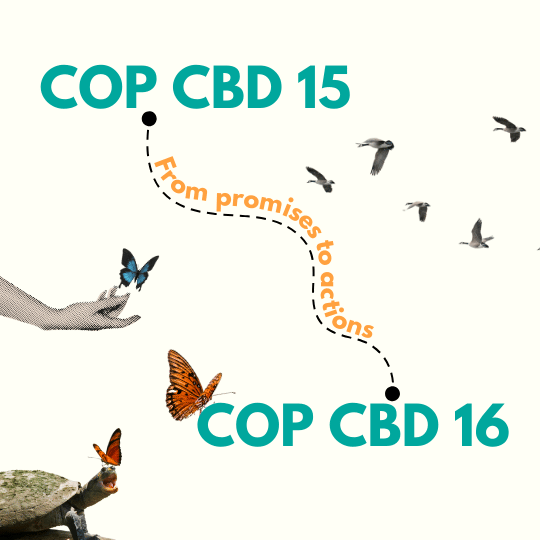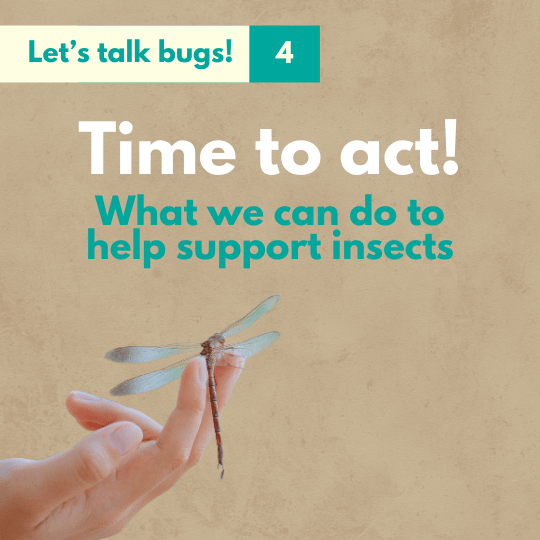

Ending Bottom Trawling: A Call for Real Protection of the Marine Environment
What is bottom trawling and why is it problematic
Bottom trawling is one of the most destructive fishing methods used worldwide, with as much as 40% of sea life being removed during a single trawling pass. The large weighted nets being dragged across the ocean floor are responsible for vast amounts of by-catch, discards and collapse of fish stocks.
Despite the restriction of human activities to conserve their rich biodiversity, Marine Protected Areas (MPAs) suffer greatly from the effects of bottom trawling. Even with its devastating and irreversible consequences, bottom trawling is still allowed in 90 percent of all offshore EU MPAs.
The impact of bottom trawling on marine ecosystems
Bottom trawling is responsible for reducing the complexity, productivity, and biodiversity of seafloor habitats, with sponges and corals facing the highest impacts. Unfortunately, most affected ecosystems are unable to recover from the damage they endure. For the few that do manage to recover, the estimated recovery time is estimated to be between 7.5 and 15 years.
The impact of bottom trawling on climate change
Bottom trawling not only causes significant harm to marine life, but according to a recent study, it also contributes up to 370 million metric tons of carbon dioxide to the atmosphere annually. The same study discovered that within an average of years, between 55 and 60 percent of emissions from underwater bottom trawling are released into the atmosphere, while the remaining CO2 can lead to more acidic conditions in the areas where it has been released, thus clearly contributing to the greenhouse effect and global warming of our planet.
The EU’s position on bottom trawling
Currently, there only exists an EU-wide ban on bottom trawling at depths greater than 800 metres, however the EU aims to extend a bottom trawling ban to all its MPAs by 2030, urging its Member States to draw up national roadmaps towards a bottom trawling plan as part of the 2023 Marine Action Plan (find our article about the EU’s Marine Action Plan here).
At the moment, Greece and Sweden are the only EU Member States to have announced a ban on bottom trawling in all their national marine parks and protected areas, with Sweden extending the ban to all its territorial waters (up to 12 nautical miles from the shore). This marks a significant step forward for these countries in the protection of marine biodiversity.
In contrast, the majority of EU countries have missed this year’s March deadline to outline national roadmaps for phasing out bottom trawling. The EU’s national governments need to demonstrate greater ambition for marine protection and commit to the Marine Action Plan and the EU Biodiversity Strategy 2030.
Protecting 30% of its marine areas by 2030 is incompatible with the highly damaging practice of bottom trawling, therefore the European Commission must take further action to ensure compliance with the existing legislation in countries that still permit bottom trawling inside the MPAs of their territorial waters.
YEE and GYBN calls for a ban of bottom trawling in Marine Protected Areas
As representatives of young people committed to environmental protection, Youth and Environment Europe and Global Youth Biodiversity Network Europe strongly advocate for the conservation of marine ecosystems and the promotion of sustainable fishing practices. Our position on the issue of bottom trawling comprises the following:
- YEE and GBYN Europe firmly oppose bottom trawling in Marine Protected Areas. This fishing method is highly destructive to seafloor ecosystems, causing irreversible damage to habitats such as coral reefs and seagrass beds. To achieve the 30×30 goal of protecting 30% of European waters by 2030, MPAs must offer genuine protection, which is incompatible with the destructive nature of bottom trawling. The practice of bottom trawling also needs to be reviewed in cases where it takes place close to MPA boundaries, in sensitive habitats such as spawning grounds, and in coastal waters.
- We show our strong support for ongoing initiatives by NGOs and civil society groups that advocate against bottom trawling. Notable examples include the joint campaign led by Oceana, Seas at Risk, Sciaena, and the Irish Wildlife Trust, as well as awareness raising and lobbying by WWF, Blue Ventures, the Blue Marine Foundation, Client Earth, and others. These organisations play a crucial role in raising awareness and driving policy changes.
Bottom trawling is a destructive practice that poses a significant threat to marine ecosystems and biodiversity.
As YEE and GYBN Europe, we urge EU Member States to prioritise ocean conservation and take decisive action. We firmly believe that young people, as the voice of the future, hold the power to enact the change they envision. With the recent EU elections, it is crucial for youth to push the newly elected MEPs to take action towards the protection of our oceans. Advocacy for stronger regulations, such as those in the Marine Action Plan, is essential to safeguard marine ecosystems. Join advocacy campaigns, engage with environmental organisations and use your voice to demand the preservation of our seas.
Help us spread the word! Share this statement
Learn more about marine conservation
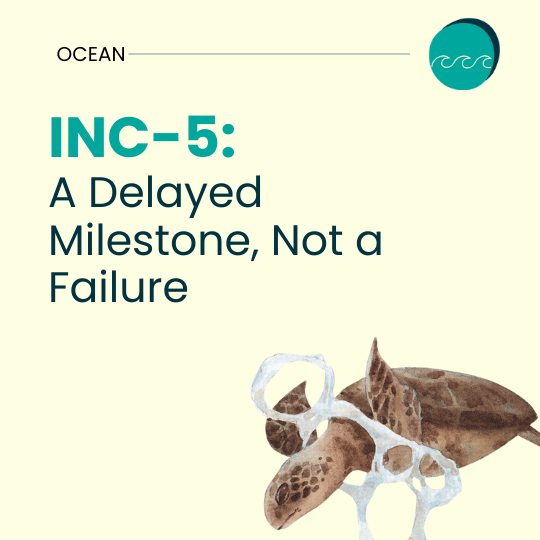
This session was supposed to be the “end of the beginning,” when the world would step out with the first-ever global plastic
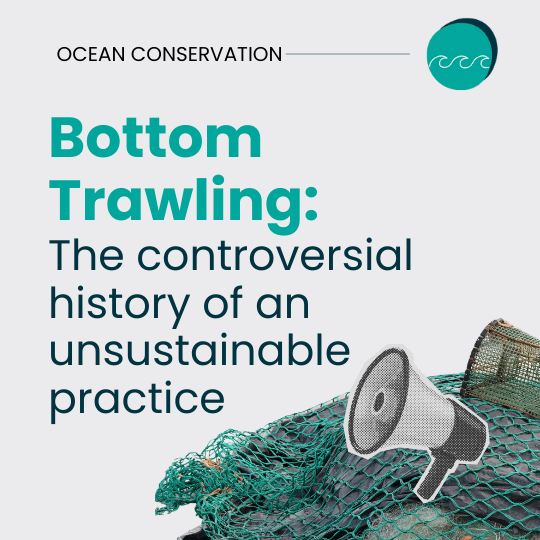
Bottom trawling involves dragging a weighted net or a rigid frame along the ocean floor. Despite its economic advantages, bottom trawling is

Youth and Environment Europe and Global Youth Biodiversity Network (GYBN) Europe Advocate for a Complete Ban on Bottom Trawling in Marine Protected

YEE Calls for Ambitious National Roadmaps for EU Marine Action Plan Implementation, including a ban on bottom trawling in MPAs

This session was supposed to be the “end of the beginning,” when the world would step out with the first-ever global plastic treaty, which did not happen. However, calling INC-5 a failure would overlook the complexities of negotiating and treaty-making and the leap forward that took place at INC-5.

Bottom trawling involves dragging a weighted net or a rigid frame along the ocean floor. Despite its economic advantages, bottom trawling is contentious due to its considerable environmental and ecological impacts.
Ending Bottom Trawling: A Call for Real Protection of the Marine Environment
https://yeenet.eu/wp-content/uploads/2024/02/position.png 250 250 YEE https://yeenet.eu/wp-content/uploads/2018/11/logo-yee-728x1030.png YEE2024-06-28 14:28:572024-06-28 16:42:42Ending Bottom Trawling: A Call for Real Protection of the Marine Environment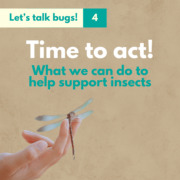
Written by

Emilie Tamo Kamguia
Contents

Share this article
In our last article, we explored the numerous challenges insects face. Fortunately, there are many ways to support their survival. As our series on the world of insects concludes, we turn our focus to the solutions and actions that can help protect these vital creatures.
Let’s first delve into how two of our member organisations – UK Youth 4 Nature (UKY4N) and Jeugdbond voor Natuur en Milieu (JNM) – are actively contributing to insect conservation before giving you some practical steps to follow to take action!
UKY4N: Raising Awareness Through Creative Campaigns.
UKY4N empowers young people in nature decision-making in the UK. In 2022, to celebrate the 60th anniversary of Rachel Carson’s iconic book, “Silent Spring”, they organised a youth insect photography competition, which showcased stunning images of UK insects. The winning photos were displayed at an exhibition at Oxford’s Museum of Natural History.
In their Natural Kingdom: Wild Walls campaign, they included insects in murals across UK cities and towns, highlighting local wildlife in decline. A notable mural featured the beautiful tiger beetle in Liverpool. They also create digital art for social media, organise bee walks and hold online workshops.
As part of the “Not so Freshwater” campaign they even hosted a chemical cocktail bar event in London, highlighting the impact of chemical pollution on insects with youth artwork of a mayfly.
What’s Next?
UKY4N plans to continue their successful initiatives, including the “Your Wild Streets” campaign that will advocate for pesticide-free urban areas in the UK to help pollinators thrive!
JNM: Research and Human-Insect Cohabitation
JNM, based in Belgium, focuses on conservation through hands-on projects. A notable example is their work with the Cellar Beetle (Blaps mucronata), a rare species that was first found in their main secretariat building’s basement in 2006 but then thought extinct after the building was renovated in 2016, disturbing the beetle’s habitat. However, five years later, a fresh dead specimen was found, and after an extensive search, 15 living specimens were discovered.
What makes this beetle so special?
20 to 25 mm in size with pitch-black, with smooth shields and long legs, they require old, not-too-clean cellars with high humidity, stable temperatures, and lots of hiding places. They are now quite rare in Belgium, making JNM’s discovery even more significant. Originally, the Cellar Beetle was found mainly in southern Europe, living in caves and later adapting to human-made cellars.
Inside JNM, a dilemma arose because the beetles were found in the same basement where tents and camp materials were stored, which need to be kept dry. To address this, JNM initiated a survey where beetles were caught, marked, and released back into a more humid basement to better suit their needs.
Taking action: How can YOU help
In your garden:
- Maintain insect habitats: Plant native flowering plants and leave some areas of your garden wild to provide shelter and food for insects. Did you know that branches left on the ground and dead wood are extremely useful and provide micro-habitats for the fauna?
- Create water sources: Provide small, shallow water sources like bird baths or shallow dishes with stones for insects to drink from, especially during hot and dry periods.
- Reduce pesticide use: Minimise or eliminate the use of pesticides in your garden to create a safer environment for pollinators and other beneficial insects.
With your community:
- Support conservation efforts: Get involved with local conservation groups and participate in initiatives like habitat restoration.
- Participate in insect monitoring: Join insect monitoring programs to help scientists track insect populations and health. Your observations can contribute valuable data for conservation efforts
- Advocate for pesticide-free Zones: Work with your local community to create pesticide-free zones in public spaces, such as parks and gardens, to protect pollinators.
- Educate others: Share your knowledge about the importance of insects with friends, family, and the community. Host workshops, give talks, or use social media to spread awareness.
By highlighting these inspiring examples and offering practical steps, we hope to empower you to take action and make a difference in insect conservation. You can help ensure a future where insects continue to thrive and play their crucial roles in ecosystems!
More articles about biodiversity
Time to Act! – What can we do to support insect conservation
https://yeenet.eu/wp-content/uploads/2024/06/insect-campaign-4.png 540 540 YEE https://yeenet.eu/wp-content/uploads/2018/11/logo-yee-728x1030.png YEE2024-06-28 11:21:512024-06-28 11:27:25Time to Act! - What can we do to support insect conservationOur mission
 YEE aims to unite environmental youth non-profit organisations in Europe in order to enhance international cooperation, increase knowledge about the climate crisis, raise awareness of environmental problems and to strengthen participation of youth in environmental decision-making.
YEE aims to unite environmental youth non-profit organisations in Europe in order to enhance international cooperation, increase knowledge about the climate crisis, raise awareness of environmental problems and to strengthen participation of youth in environmental decision-making.
Get in touch
Vinohradská 2165/48
120 00 Praha 2 – Vinohrady
Czech Republic
E-mail: yee@yeenet.eu


Financially supported by the European Youth Foundation of the Council of Europe. The views expressed do not necessarily reflect the official position of the Council of Europe


